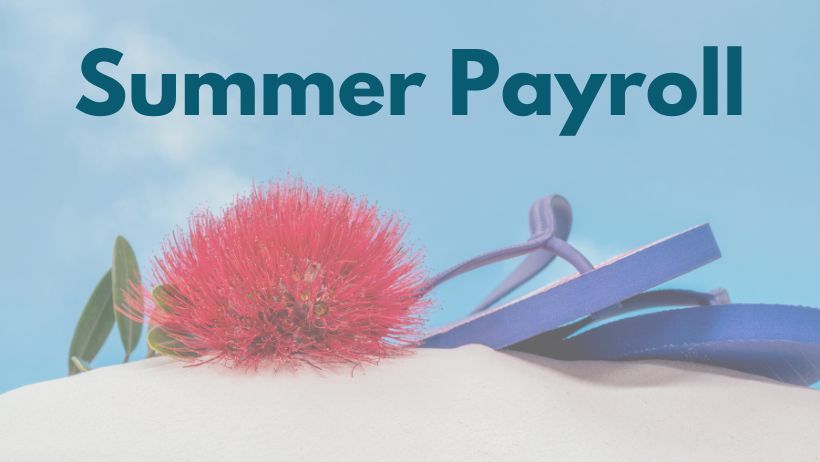Tips for Chasing Unpaid Invoices
It can be frustrating when you’ve done the work but you haven’t been paid. Invoices being paid late is going to happen, but managing unpaid invoices is crucial to sustain your business’s long-term financial health. Here are some tips on chasing late payers.
1. Write a payment request letter or email
When you first notice your payment is overdue, send a polite payment request letter or email. In most cases this will be enough to prompt a customer to make a payment. This allows the customers to pay if they’ve inadvertently overlooked paying the invoice.
Your payment request letter/email should include:
- a brief reminder of the outstanding invoice; and
- the specific invoice number, due date, and amount owed.
Politely ask when you can expect payment, and offer a brief reminder of your payment terms.
2. Send an overdue invoice/statement of account
If you don’t get a response from step number 1, the next step is to send an overdue invoice. This is the original invoice but with an ‘overdue’ stamp on it. You can attach this to a follow-up email. You can do this automatically by setting up payment reminders in your accounting software. If you have multiple unpaid invoices with the same customer, you could send them a statement of accounts which summarises all of the outstanding payments.
3. Make the phone call and prepare to negotiate
If you haven’t had a response to your emails, it’s time to pick up the phone and give the customer a call. Chasing unpaid invoices by phone can tend to yield better results. Make sure you mention the unpaid invoice numbers, ask when you can expect to receive payment, and don’t hang up until they’ve given you a payment date.
You may need to negotiate when you’ll receive payment. For example, if they agree to pay the outstanding invoices by a certain date, you can agree to this change but put a hold on carrying out any more work/supplying goods until payment is received.
4. Charge a late payment fee
Charging a late payment fee can provide an incentive for customers to pay on time. However, any late-fee policy you use should be clearly communicated upfront in your payment terms when you agree to carry out work for your customer. This can be either a percentage of the outstanding amount, or a set late payment fee.
If they don’t pay on time, notify them that the late-fee has now been added but if they pay within the next 48 hours, you’ll waive the late payment fee.
5. Cut them off until outstanding invoices are paid
If a customer isn’t paying you or responding to your messages, it’s time to cut them off. Let them know that until you receive full payment for the outstanding invoices, you won’t continue any work for them.
Still no payment?
If none of these tips work, it’s time to call in the big guns – a debt collector or lawyer. It’s best to exhaust all other strategies before doing this as it may end the relationship with your customer. Debt collectors specialise in recovering unpaid invoices but take a cut of what you’re owed, typically around 25%, so you’ll need to factor that into the decision. If you don’t have any luck with the debt collector, your last resort is to consult with a lawyer. Taking legal action is complex, so it’s best to consult a specialist lawyer who has experience in professional invoice chasing.



